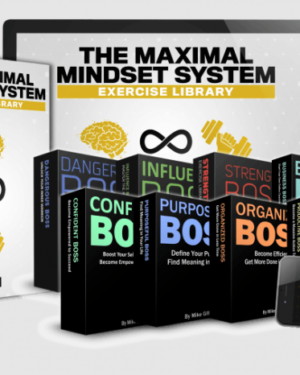Spark for Machine Learning
Original price was: $999.00.$49.00Current price is: $49.00.
This Course is available for download now. You can contact us for Screenshots or Demo. Access for this course will be sent on google drive. Join our telegram channel to see updates and occasional discounts. If you want to pay through Paypal or Card contact us – On Telegram Click Here or contact on Mail – [email protected]
Description
Spark for Machine Learning
Spark for Machine Learning
MP4 | Video: AVC 1280×720 | Audio: AAC 44KHz 2ch | Duration: 1.5 Hours | 294 MB
Genre: eLearning | Language: English
Spark lets you apply machine learning techniques to data in real time, giving users immediate machine-learning based insights based on what’s happening right now. Using Spark, we can create machine learning models and programs that are distributed and much faster compared to standard machine learning toolkits such as R or Python.
In this course, youll learn how to use the Spark MLlib. Youll find out about the supervised and unsupervised ML algorithms. Youll build classifications models, extracting proper futures from text using Word2Vect to achieve this. Next, well build a Logistic Regression Model with Spark. Then well find clusters and correlations in our data using K-Means clustering. Well learn how to validate models using cross-validation and area under the ROC measurement.
Youll also build an effective Recommendation Model using distributed Spark algorithm. We will look at graph processing with GraphX library. By the end of the course, youll be able to focus on leveraging Spark to create fast and efficient machine learning programs.
models and programs that are distributed and much faster compared to standard machine learning toolkits such as R or Python.
In this course, youll learn how to use the Spark MLlib. Youll find out about the supervised and unsupervised ML algorithms. Youll build classifications models, extracting proper futures from text using Word2Vect to achieve this. Next, well build a Logistic Regression Model with Spark. Then well find clusters and correlations in our data using K-Means clustering. Well learn how to validate models using cross-validation and area under the ROC measurement.




